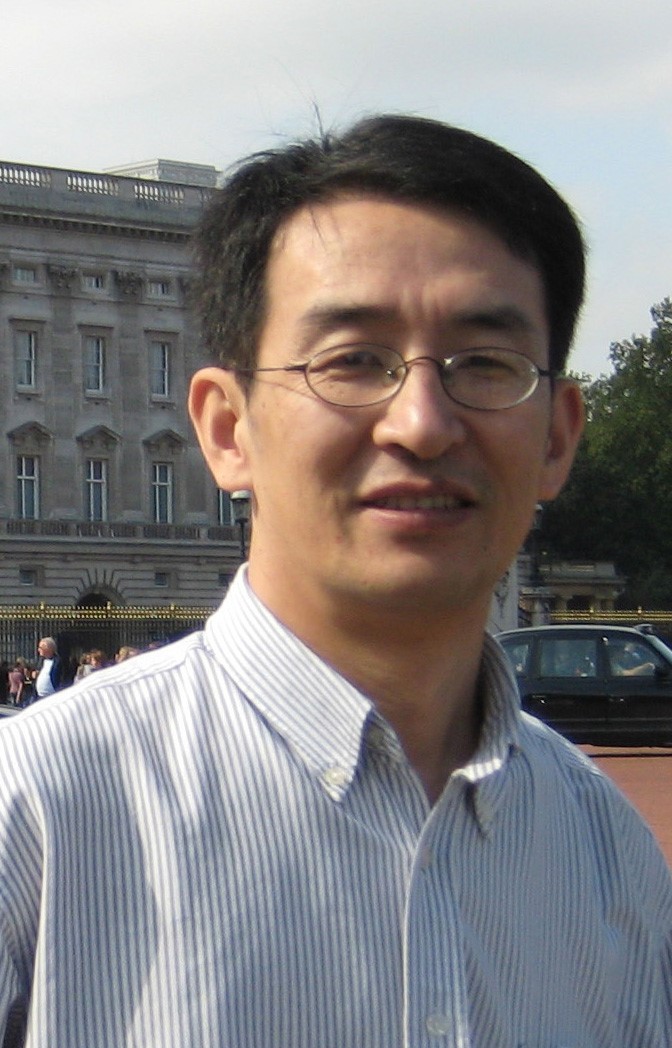报告人简介:

姚向东教授,澳大利亚Griffith University能源材料专业全职教授,1989年获东北大学材料科学学士学位,1992年获西北工业大学材料科学与工程硕士学位,从1992年到2000年,他在中国科学院金属研究所工作,担任研究副教授(1992年)、助理教授(1995年)和副教授(1998年)。2000-2005年获澳大利亚昆士兰大学材料工程博士学位,并致力于轻金属微观结构形成的计算建模。从2003年11月起,他加入The University of Queensland的功能纳米材料卓越中心。自2009年11月以来,他作为副教授和先进能源材料组组长加入Griffith University,并于2012年底晋升为正式教授。姚教授目前的研究重点是能源材料,特别是氢相关材料。目前研究主要集中在能源材料,尤其氢能源相关的材料研究。
报告内容简介:
Electrocatalysis is the key for energy conversion and storage devices such as fuel cells, metal-air batteries and water splitting. The development of highly efficient and non-precious metal catalyst is extremely important. Recently, we presented a new concept of defect electrocatalysis, firstly for ORR, then expanded to OER and HER. Aiming to clarify the key role of defects in electrocatalysis, we develop new strategies to precisely control the defect synthesis, identifying the pentagon defects are major active sites for acidic ORR over pyridinic N, and further confirming the adjacent pentagons are the best for acidic ORR and the G585 favors the HER. Our research reveals that the intensively researched heteroatom-doping is through the electronic modification by heteroatoms on defects, e.g. defects are essential and the heteroatoms are helpful to optimize the electronic structures of active site. The active site is further constructed and identified exclusively by a precisely controlled synthesis. The concept of defect electrocatalysis is now widely accepted by the electrochemistry/catalysis and becomes a very hot research direction. Based on the new theory of defect catalysis, we have designed a series of electrocatalysts by modulating the electronic structure with various other species including 3D nanoparticles, 2D nanosheets, 0D metal and non-metal atoms [9, 10], which provides the principles of catalyst design and directional synthesis.
Keywords: Eletrocatalysis; defect mechanism; atomic catalysis; coordination; electronic structure

版权所有:福州大学材料科学与工程学院
地址: 福建省福州市福州地区大学新区学园路2号 邮编: 350108 电话:0591-22866539
CopyRight 2011-2021 By All Rights Reserved.